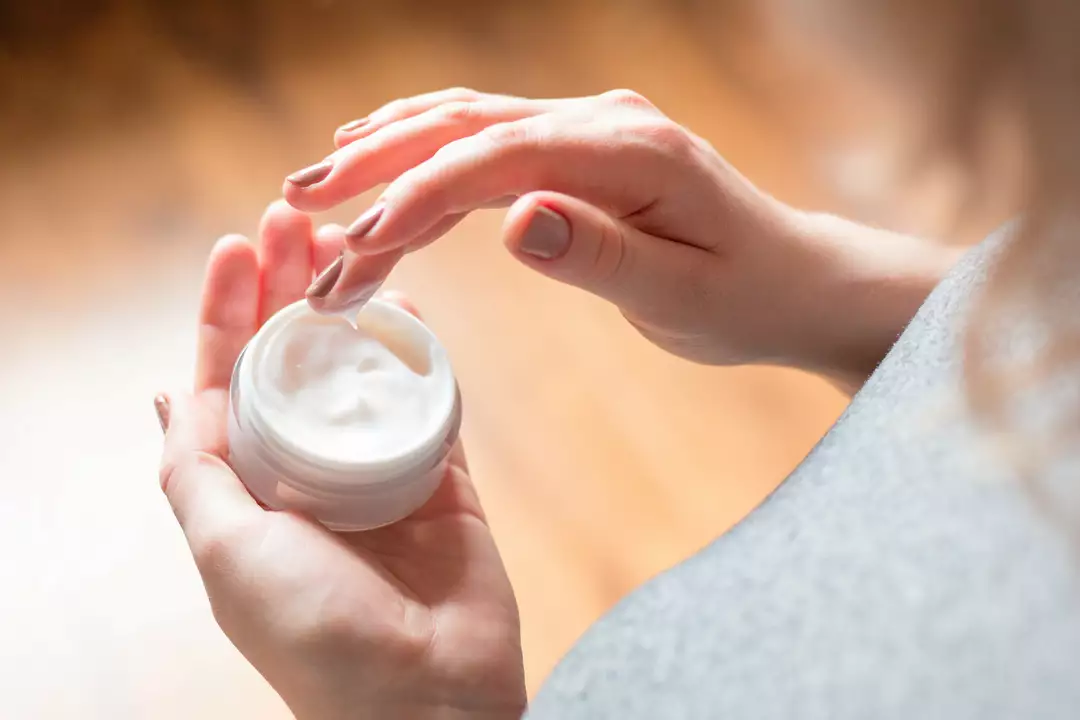Hydration: Simple Ways to Stay Properly Hydrated Every Day
Water affects how you feel, think, and move. Dehydration sneaks up—headache, fog, low energy—and fixing it is often easier than you think. This page gives practical steps you can use today to keep fluids steady, whether you're at work, exercising, or caring for kids or older adults.
Start with a clear goal: aim for regular fluids rather than chasing a number of glasses. Everyone is different, but basic signals and habits make staying hydrated simple and predictable. Below are easy actions and quick checks to make hydration part of your routine.
Signs you're low on fluids
Watch for these real-time clues: dark urine, dry mouth, tiredness, light-headedness, and less frequent trips to the bathroom. Thirst is reliable but can lag—older adults and kids may not feel thirsty until they’re already low. During hot weather or heavy exercise expect these signs sooner. If you feel a sudden headache and you haven’t drunk much, try a glass of water first and see if it helps.
For exercise, notice drops in performance or faster breathing—both can mean you need fluids. If you sweat heavily, you lose salt and water; replacing both matters. For mild cases, water is fine. For longer or intense sessions, add an electrolyte drink or a pinch of salt and a squeeze of lemon to a bottle.
Practical hydration habits
Keep water visible. Place a bottle on your desk, in your bag, and near the couch. Sip regularly—small amounts spread throughout the day beat large gulps now and then. Use reminders on your phone or tie drinks to routine actions: a glass after each bathroom break, water before every meal, and a drink when you wake up.
Choose easy wins: start the day with 250–500 ml of water, have a mid-morning and mid-afternoon glass, and a cup before bed if needed. For most adults, fluid needs fall between 1.5 and 3 liters daily depending on size, climate, and activity. Don’t stress exact numbers—focus on steady intake and signs your body gives you.
Watch what you drink. Plain water is best for most situations. Unsweetened tea, milk, and diluted fruit juice count too. Limit sugary drinks and high-caffeine beverages, especially when you need steady hydration. Alcohol dehydrates—balance it with extra water.
For children and older adults, break fluids into small, frequent offers. Kids respond well to flavored water or ice pops. Older adults may benefit from scheduled drinks and drinks with meals to prevent low intake.
Travel and illness need extra attention. On flights or when sick with fever, diarrhea, or vomiting, increase fluids and use oral rehydration solutions if symptoms are severe. If someone can’t keep fluids down or shows signs of severe dehydration—very low urine output, confusion, fainting—seek medical help right away.
Simple habits beat complicated targets. Keep water handy, learn your body's signs, and add electrolytes when you sweat a lot. Small changes can stop dehydration before it starts and make daily life feel better.
Start now, stay hydrated.

